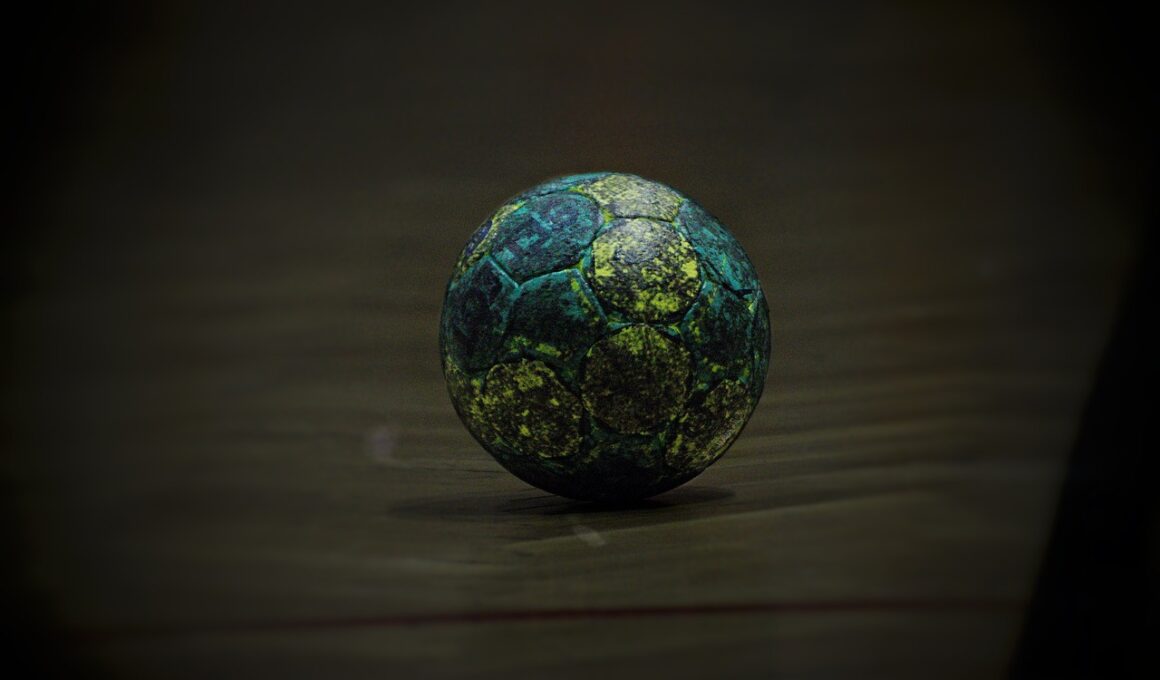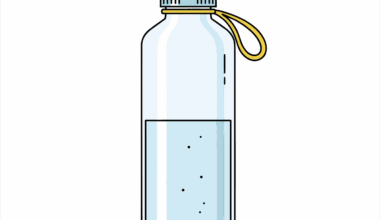Using Video Analysis to Improve Beach Handball Performance
In recent years, team handball beach has gained increased popularity among sports enthusiasts and athletes. This variant of traditional handball is played on sand, introducing unique challenges and advantages that differentiate it from indoor handball. As the sport grows, coaches and players alike are seeking ways to enhance performance and effectiveness. One way to achieve this is through the use of video analysis technologies. Video analysis allows teams to assess their skills, strategies, and opponents more thoroughly and systematically. By capturing game footage, teams can analyze every detail, making improvements easier to identify and implement. Coaches can break down players’ movements, assess decision-making processes, and understand tactical outcomes. This feedback serves to boost not only individual players’ performance but the collective binding of the team. Studies have shown that video feedback enhances learning, leading to enhanced performance on the court. Furthermore, it encourages players to take ownership of their development, fostering a motivated learning environment. As technology continues to evolve, video analysis will undoubtedly play a crucial role in shaping the future of team handball beach.
The Benefits of Video Analysis in Beach Handball
Implementing video analysis in beach handball offers numerous advantages that benefit players, coaches, and the overall performance of teams. Firstly, it equips coaches with the necessary tools to formulate strategies based on observable patterns and data. By analyzing past performances, coaches can work on specific weaknesses, enhancing the team’s effectiveness during future matches. This targeted approach leads to improved game preparation and tactics against various opponents. Moreover, video analysis provides players with visual feedback on their skills and technique. This is essential, especially in a fast-paced environment like beach handball, where split-second decisions can affect the match outcome. Players can review their gameplay, enabling self-reflection that promotes personal growth. Additionally, sharing video analyses among teammates fosters better communication and collaboration as they can discuss various strategies and techniques together. Understanding roles within team dynamics becomes easier when everyone can witness how their actions impact overall performance. Consequently, the sense of responsibility strengthens team cohesion, as athletes become more aware of the collective effort needed for success on the sand. Collectively, these advantages contribute to a more competitive and skilled sporting environment.
The use of video analysis in team handball beach also allows for effective scouting of opponents. Coaches can record and assess games played by rival teams, identifying their strategies, strengths, and weaknesses. This intelligence gathering not only aids in creating game plans but also serves to keep the team one step ahead during competitions. By understanding the unique dynamics of opposing teams, coaches can tailor their strategies to exploit vulnerabilities effectively. Additionally, this analysis can inform training sessions, ensuring that practices are as relevant as possible to actual game situations. Integrating these insights into practice can enhance team readiness when facing actual competition. Furthermore, employing video analysis can help raise the overall intensity and quality of training sessions. With visual feedback, players can push each other to maintain high standards, as they want to see their improvements on tape. This method of accountability is vital for fostering a competitive spirit within the team. With everyone striving for excellence, the collective growth leads to superior results on the sand. Overall, incorporating video analysis not only revolutionizes how the game is played but also how the team interacts and evolves together.
Practical Implementation of Video Analysis
When integrating video analysis into beach handball training, several key factors should be considered for successful implementation. Firstly, it is essential to invest in quality video recording equipment to ensure clear footage. Poor-quality video can hinder effective analysis, frustrating both players and coaches. A stable camcorder or smartphone with high-resolution capabilities can suffice for capturing matches and practices. After recording, the footage should be presented in an accessible format for all team members to review. This could involve using specialized video analysis software that allows for slow motion, tagging specific moments, or adding commentary for deeper insight. Additionally, scheduling regular review sessions should be a priority. Timely feedback is vital for facilitating player improvement, so regular video analysis meetings should become part of the team’s routine. Lastly, promoting a culture of openness and respect during feedback discussions is essential. Players should feel comfortable sharing thoughts about certain plays or strategies without fear of criticism. Creating a constructive environment enables a healthier approach to learning and growth among team members as they strive for better performance and cohesion.
While the technical aspects of video analysis are crucial, it’s equally important to promote player involvement in the process. Athletes should be encouraged to take an active role in reviewing their performance, providing insights into their gameplay, and discussing any issues they face during games. This practice cultivates a deeper understanding of the sport, resulting in richer discussions among coaches and players. Moreover, players can also learn from each other through peer review sessions, where they share observations on performance and techniques. Such collaborative analysis strengthens team bonds as players collectively take responsibility for their improvement. Coaches can facilitate these discussions while ensuring that the atmosphere remains relaxed and constructive. Another aspect of player involvement is setting personal goals based on video insights. Each player can establish specific objectives for skill enhancement or tactical understanding derived from their gameplay analysis. By taking ownership of their development, athletes become more motivated to work on their identified weaknesses. This approach can lead to a more unified effort as players strive to not only improve themselves but also contribute positively to the team’s overall performance and success.
Measuring Impact Through Results and Feedback
It is crucial to measure the impact of video analysis on performance and overall team success in beach handball. The most practical way to do this is by monitoring key performance indicators (KPIs) before and after the implementation of video analysis. By establishing benchmarks, coaches can clearly identify whether the strategies adopted from video insights yield tangible results on the sand. Common KPIs might include win-loss records, scoring efficiency, defensive ratios, and player development markers. Additionally, feedback from players regarding the perceived quality of their play after video analysis integration can be invaluable. This input provides an opportunity to fine-tune the analysis approach and ensure it remains tailored to the team’s evolving needs. Further, the effectiveness of the insights garnered from fostered communication within the team can be measured by tracking improvements in group dynamics both on and off the sand. Regular feedback loops ensure that the optimizing process of video analysis does not stagnate. It remains flexible and readily adapts to emerging trends within the sport while refining team strategies according to real-time performance insights.
In conclusion, the incorporation of video analysis has transformed how beach handball teams approach their training and performance. By utilizing technology to dissect gameplay, teams can garner vital insights that directly influence their game strategies, enhance individual skills, and strengthen team cohesion. Players become more aware of their strengths and weaknesses, fostering an environment focused on growth and cooperation. Coaches benefit from enhanced tactical planning based on real data. This is vital in an ever-changing sport like beach handball. The growing need for teams to stay competitive pushes them to embrace innovative strategies and methodologies, with video analysis leading the way. As technology continues to improve, athletes and coaches alike must adapt and refine their approaches to maximize the benefits derived from these advancements. With a commitment to embracing video analysis, beach handball teams are set to raise their performance levels and enjoy greater success in competitions. The future of team handball beach looks bright, with technology promising to drive the development of athletes and strategies alike. As sports evolve, staying ahead through video analysis builds the foundation for excellence.



